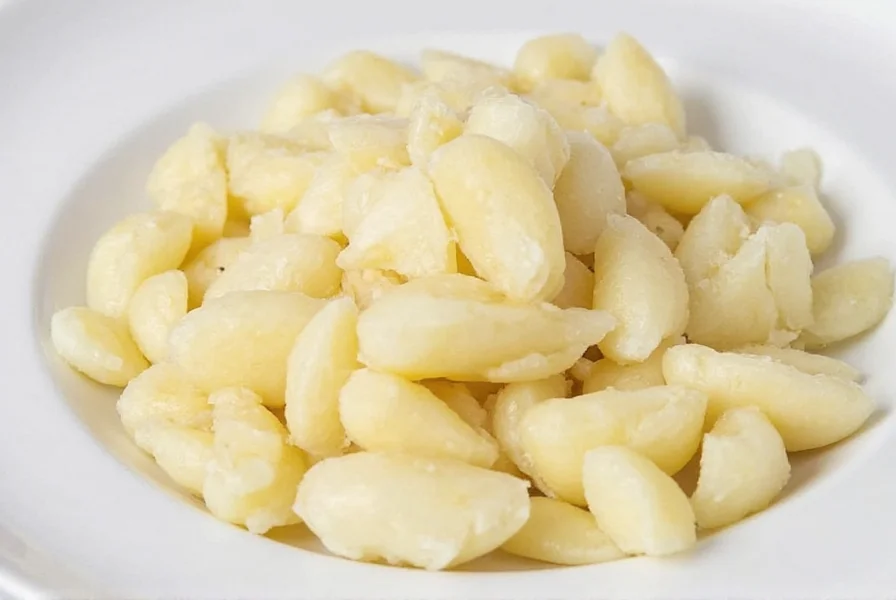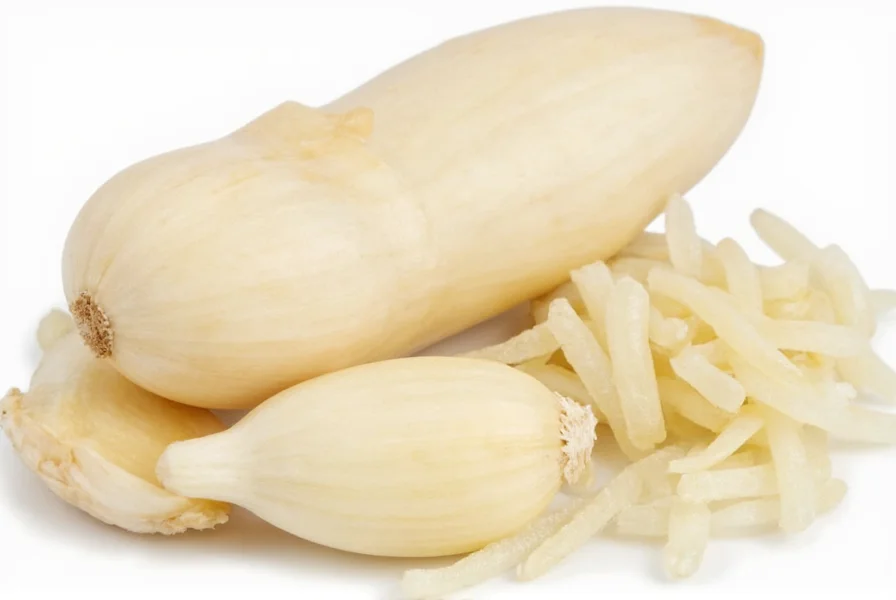When following recipes that specify garlic measurements in teaspoons rather than cloves, knowing the exact conversion prevents under- or over-seasoning your dishes. The relationship between garlic cloves and teaspoon measurements depends primarily on clove size and mincing technique.
Garlic Clove to Teaspoon Conversion Guide
Garlic cloves vary in size, which affects their volume when minced. Understanding these variations helps achieve recipe perfection every time:
| Garlic Clove Size | Whole Clove Weight | Minced Volume |
|---|---|---|
| Small | 3-5 grams | 1/4 teaspoon |
| Medium (standard) | 6-9 grams | 1/2 teaspoon |
| Large | 10-12 grams | 3/4 teaspoon |
| Jumbo | 13+ grams | 1 teaspoon |
Factors Affecting Garlic Measurement Accuracy
The precise minced garlic equivalent depends on several variables that home cooks should consider:
Clove Size Variations
Garlic bulb varieties produce cloves of different sizes. Grocery store garlic typically contains medium cloves, while farmer's market or homegrown garlic may feature larger specimens. Always assess your specific cloves rather than assuming uniformity.
Mincing Technique Matters
How finely you mince garlic significantly impacts volume. Roughly chopped garlic occupies more space than tightly packed, fine mince. For accurate teaspoon measurements, press minced garlic gently into the measuring spoon to eliminate air pockets.
Freshness and Moisture Content
Fresher garlic contains more moisture, yielding slightly more volume when minced compared to older, drier cloves. This difference becomes noticeable in precision baking or delicate sauces where exact measurements matter.

Practical Kitchen Applications
Understanding garlic conversions proves invaluable when adapting recipes or working with limited ingredients:
Recipe Substitution Guide
- Garlic powder: 1/8 teaspoon powder = 1 clove fresh garlic
- Garlic salt: 1/4 teaspoon = 1 clove (reduce additional salt by 1/8 tsp)
- Bottled minced garlic: 1/2 teaspoon = 1 medium clove
- Garlic paste: 1/2 teaspoon = 1 medium clove
Cooking Tips for Perfect Garlic Measurements
Professional chefs recommend these techniques for accurate garlic incorporation:
- Measure minced garlic by gently packing it into the spoon
- For critical recipes, weigh cloves (medium clove = 7g approx.)
- Add garlic gradually when sautéing to control flavor intensity
- Remember that roasted garlic yields about 25% less volume than raw

When Precision Really Matters
Certain culinary applications demand exact garlic measurements:
In baking applications like garlic bread or flavored crackers, too much garlic can overwhelm delicate flavors. For canning or preserving, precise garlic measurements affect both flavor and food safety. When preparing dishes for people with garlic sensitivity, accurate measurements prevent adverse reactions.
Chef's note: When doubling or tripling recipes, don't simply multiply garlic amounts proportionally. Garlic flavor compounds intensify differently at larger quantities, so increase by 1.5x rather than 2x or 3x for balanced results.
Common Measurement Mistakes to Avoid
Many home cooks make these garlic measurement errors:
- Using whole cloves when recipes specify minced (doubles the garlic volume)
- Not accounting for garlic paste preservatives that affect potency
- Measuring loosely packed minced garlic leading to under-seasoning
- Ignoring how cooking method changes garlic's flavor concentration
FAQ: Garlic Measurement Questions
How many garlic cloves equal 1 tablespoon of minced garlic?
Three medium garlic cloves yield approximately 1 tablespoon (3 teaspoons) of minced garlic. This conversion assumes standard-sized cloves (6-9 grams each) finely minced and lightly packed into the measuring spoon.
Does roasted garlic measure the same as raw garlic?
No, roasted garlic yields about 25% less volume than raw garlic due to moisture loss during cooking. One medium roasted clove equals approximately 3/8 teaspoon rather than the standard 1/2 teaspoon for raw minced garlic.
Can I use garlic powder instead of fresh cloves?
Yes, substitute 1/8 teaspoon garlic powder for each fresh garlic clove. Remember that garlic powder has more concentrated flavor, so start with less and adjust to taste. Reduce additional salt in the recipe by 1/16 teaspoon per 1/8 teaspoon of garlic powder used.
Why does my garlic measurement never match the recipe results?
Garlic potency varies by freshness, variety, and growing conditions. Older garlic has stronger flavor, while spring garlic is milder. Always taste as you cook and adjust quantities. Also ensure you're using proper measuring technique—gently press minced garlic into spoons rather than loosely scooping.
How much jarred minced garlic equals one fresh clove?
Most commercial jarred minced garlic products contain preservatives that dilute potency. Use 1/2 teaspoon of bottled minced garlic to replace one medium fresh clove. Check product labels as concentrations vary between brands—some may require 3/4 teaspoon per clove.










 浙公网安备
33010002000092号
浙公网安备
33010002000092号 浙B2-20120091-4
浙B2-20120091-4